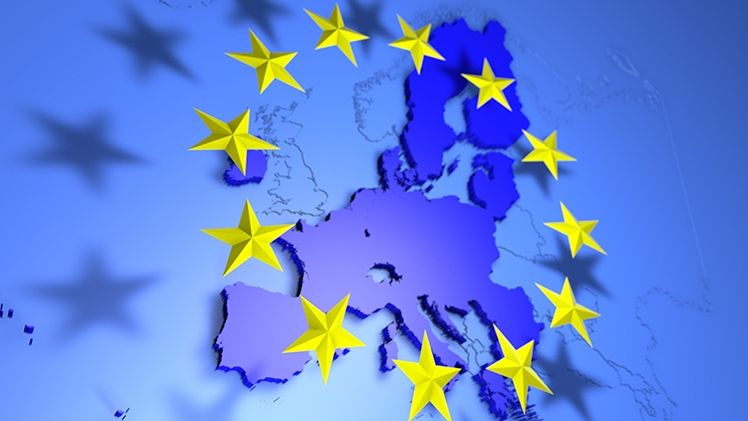Eurozone ‒ 2023-2024 Scenario: stagnation between two powerful forces
- 16.11.2023
- 1
- Télécharger la publication (PDF - 1,19 MB)

- Summary
- Recent developments and short term scenarios
- The logic behind the scenario
- ECB
In resume
The soft-landing narrative continues to be fuelled by a resilient labour market, despite the slowdown in economic activity, and by the healthy economic and financial situation of private agents. The eurozone is no exception to the favourable trend in supply. But the eurozone economy is slowing more than others, raising more pressing questions as to the end of the abnormal cycle of expansion. While activity is now 2.6% higher than before the health crisis, the annual pace of quarterly GDP growth has dipped sharply, from 4.2% in Q2 2022 to 0.5% in Q3 2023.

Between the peak in monetary transmission and the slowdown in inflation: The slowdown is almost equally attributable to the terms-of-trade shock resulting from the rise in commodity prices in 2022 and the earlier and more significant than expected impact of the rise in interest rates. The nature of the landing will depend on the interplay between two opposing and powerful forces: the implementation of the most extensive and rapid monetary restriction that the zone has experienced and the strengthening of the disinflationary momentum expected from Q4 2023. In our scenario, monetary policy transmission peaks in 2023 and growth comes out at zero in H2 2023, putting the lid on any increase in the annual average growth rate relative to its modest 0.5% at the end of June. The return to a positive growth rate (0.9% annual average in 2024) will be based on gains in purchasing power stemming from disinflation (with inflation declining from 5.6% in 2023 to 3.1% in 2024) and the lag in adapting wages to past inflation.
Paola MONPERRUS-VERONI, Manager zone euro
